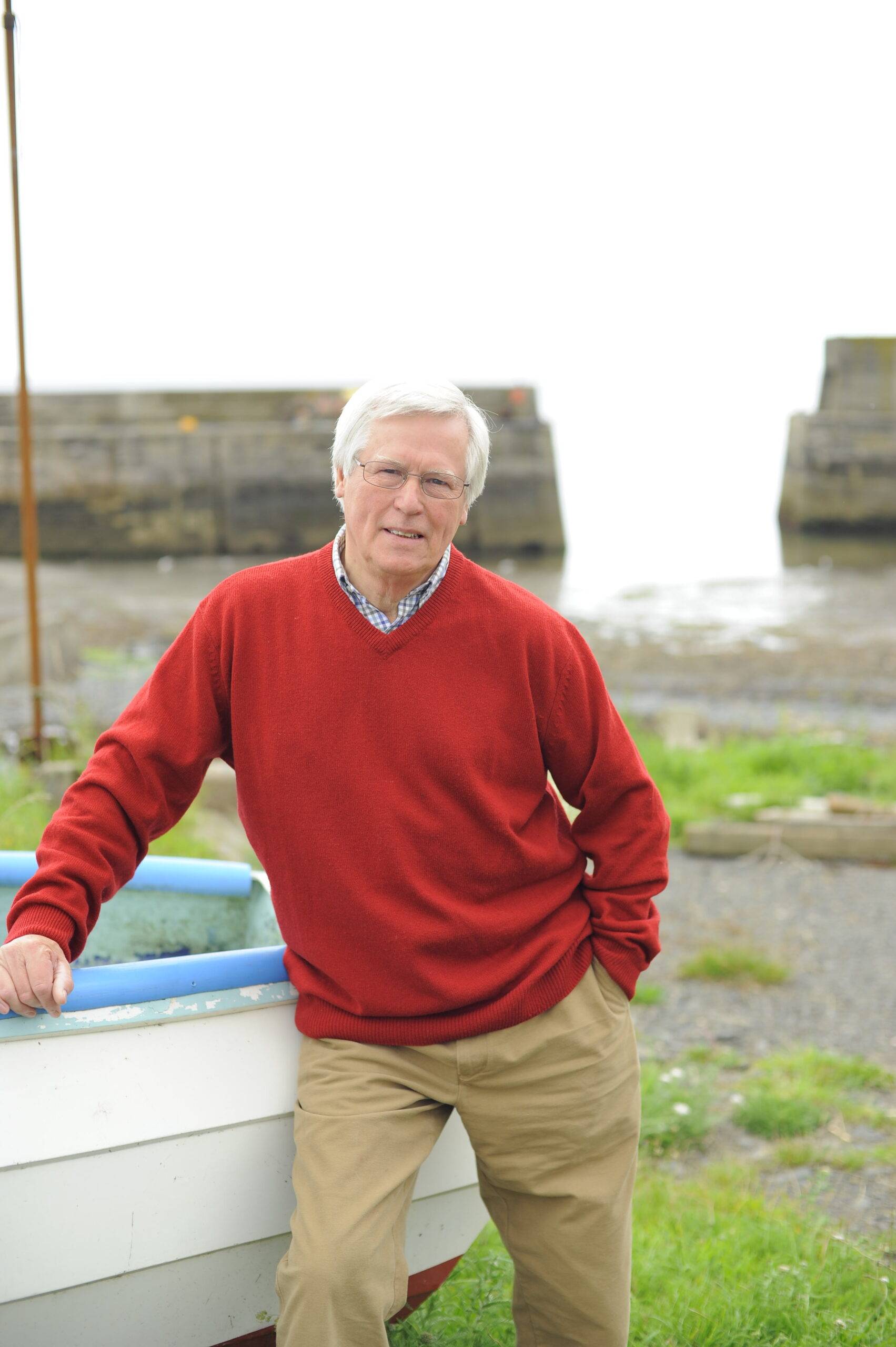Though it has largely dropped out of the headlines, a virus that triggered an unprecedented global wildlife emergency is still on the rampage, prompting scientists to call for urgent action to prevent further ecological disaster. The virus is question is avian influenza, commonly known as bird flu.
In Europe alone, 365 outbreaks among wild and domestic birds were reported in 24 countries in the spring of 2025. Swans, geese and gulls accounted for most cases in wild birds, while poultry farms in Hungary and Poland were hit in large numbers. At the time of writing, the UK had registered 68 outbreaks since the current wave started here in November 2024, and control measures are in place around infected farms.
- Bird flu: what is it, which populations are affected and what are the long-term impacts?
- Human case of bird flu detected in UK – here's what we know so far
Since first detected in China in 1996, the virus has swept across the world. It has caused massive financial losses to the international poultry industry and become endemic in wild birds. Now there are reports of it spreading to mammals. Between March and June this year there were 20 cases involving people, most working with poultry, resulting in four deaths. Thankfully, such cases remain rare, and so far there has been no sign of human-to-human transmission. To be on the safe side, our government has struck a deal for five million doses of vaccine.
Cases have also been reported in grey seals, Eurasian otters, dairy cattle, foxes and, in March, in a single sheep in Yorkshire. Though not as devastating to seabird colonies as in recent years, the virus again struck in the UK this summer, especially in black-headed gulls and terns. Also falling victim are birds that feed off infected birds or carrion, with confirmed cases in falcons, red kites, buzzards, sparrowhawks and tawny owls. Researchers believe a considerable decline in the breeding success of Scotland’s white-tailed and golden eagles, with chicks dying in their nests, may be linked to the virus.
How are organisations preparing for bird flu?
In a bid to ensure that the world is better prepared for any future major outbreaks, the British Trust for Ornithology (BTO) has brought together and analysed 20 scientific papers that document the spread and impact of the virus and assess how effective the response to it has been.
“This was a conservation crisis unfolding in real time” says Dr Phil Atkinson, BTO’s principal ecologist, who co-ordinated the collection of data. “Our collective findings call for urgent investment in long-term monitoring, improved approaches to disease response, and greater integration of wildlife disease into public health and environmental policy under a ‘One Health’ framework which considers human, livestock and wildlife health together.”
He urges that the relationships and networks built up between human and veterinary health experts, disease surveillance organisations and wildlife/environment NGOs during the recent years of bird flu “are maintained so that we are fully prepared for whatever the next outbreak, or disease, may bring. It has been a massive improvement to have much more joined-up thinking.”
Will there be another bird flu outbreak in the UK?
There are anxious times ahead as we await the autumn migration of hundreds of thousands of waterbirds. What level of infection will they bring to our shores? Will case numbers continue to decline, or will there be a new high? Cue the 12,000-strong army of birdwatchers who log sightings on BTO’s BirdTrack app. They’re asked to report dead and sick birds so that peaks can be investigated and tested. Symptoms of infection include a swollen head, closed and watery eyes, and lack of coordination. Clusters of dead birds should also be reported online to DEFRA, or DAERA in Northern Ireland.
“The past three years have shown the power of citizen science birdwatchers, surveyors and bird ringers, combined with our analysis, to track the spread of the disease and its impact on bird populations,” says Dr James Pearce-Higgins, BTO director of science. “It’s essential that these long-term surveillance schemes are maintained and enhanced. Future bird flu outbreaks, together with other pressures on the environment, could push vulnerable species beyond recovery – and without action the disease continues to pose a great risk to poultry and a growing risk to humans and livestock.”
Discover more stories from around the UK
- Spider hunters find "epic lost species" on the Isle of Wight
- An English estate the size of Athens is up for sale – and David Attenborough is supporting a pioneering proposal to save it
- 1970s crisp packet found on UK beach "both fascinating and deeply concerning"
- Scientists to freeze butterfly eggs in world-first experiment to save rare swallowtail
Top image: swans swimming in the River Great Ouse, Bedfordshire. Credit: Getty





